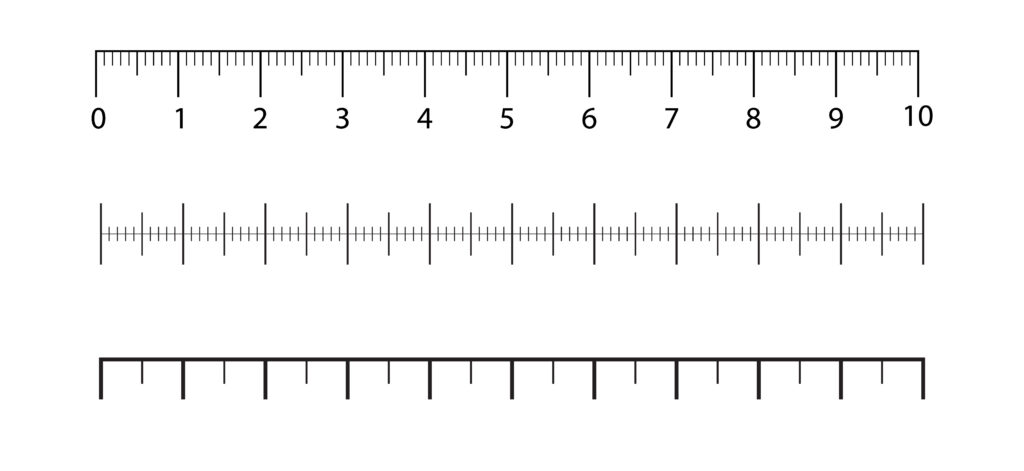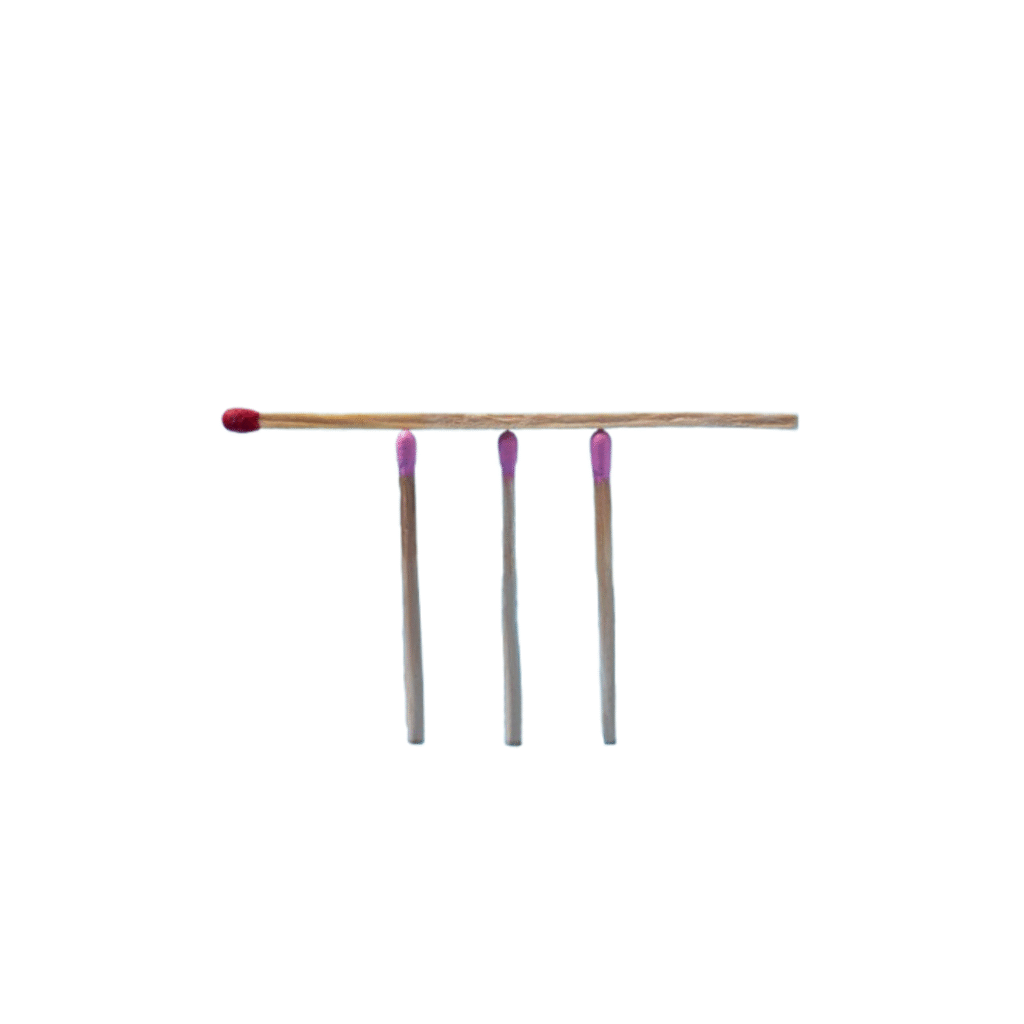Area Transformation
Discover how the **area of a parallelogram** is equivalent to that of a **rectangle** with the same base and height by visually transforming one shape into the other.
Help & Instructions
▼- *Adjust Dimensions:* Change the base and height of the parallelogram using the input controls.
- *Observe Transformation:* Click "Transform" to see how the parallelogram can be converted into a rectangle.
- *Compare Areas:* Notice that both shapes have the same area despite their different appearances.
- *Reset:* Use the reset button to start over with a new parallelogram.
- Understand that a parallelogram can be transformed into a rectangle with the same area.
- Learn that the area of a parallelogram is base × height (A = b × h).
- Visualize geometric transformations that preserve area.
- Recognize the relationship between parallelograms and rectangles.
Transform a parallelogram into a rectangle with the same area by moving a triangular piece.
Parallelogram
Area = Base × Height
40 sq units
Rectangle
Area = Base × Height
40 sq units
The **area of a parallelogram** is calculated using the formula A = b × h, where b is the base and h is the height. This is equivalent to the area formula for a rectangle because any parallelogram can be transformed into a rectangle with the same base and height by moving a triangular section from one side to the other. This transformation demonstrates that the area depends only on the base and height, not on the slant of the sides.
The Area Preservation Principle
When we cut a triangle from one end of a parallelogram and move it to the other end, we create a rectangle. This transformation is called a shear transformation and it preserves area. The fact that both shapes have the same area confirms that the area of a parallelogram is indeed base times height, just like a rectangle.
Understanding parallelogram area is crucial for:
- *Architecture:* Calculating material needs for slanted roofs and walls.
- *Engineering:* Designing structural components with parallelogram shapes.
- *Land Surveying:* Measuring plots of land with irregular shapes.
- *Design:* Creating patterns and layouts that use parallelogram shapes.


